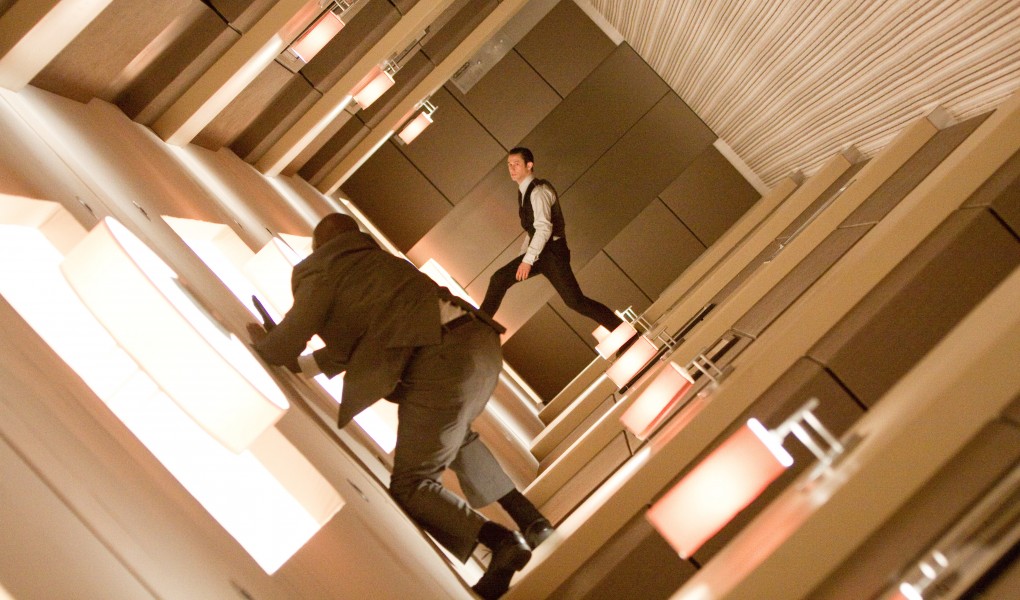“Instead, Inception presents movie dream in the form of a complex, but logically consistent dream system. In this sense, film has become a ‘dream machine’ able to ‘think’ different levels of reality… The dream machine co-ordinates contradicting layers of time and space and the movie itself can appear as a ‘brain’ or as a ‘reality processor’ whose activities are similar to those of computers.” – Thorsten Botz-Bornstein, (2011)
Blockbusters are practically synonymous with modern Hollywood nowadays. They have big stars, big actors, big directors, big special effects, big soundtracks and most of all, big budgets. Inception (2010) ticks all these boxes, particularly in the creative combination of director Christopher Nolan and composer/producer Hans Zimmer. As Dan and the class mentioned in discussions, the depth and largeness of the film – it’s concepts, it’s production, it’s cinematography – fortify the frame as not only sweeping, but intoxicating; swallowing the audience up in the frame and reopening it’s psyche within cinema.
As Botz-Bornstein notes, Nolan demands on memes to get transfer meaning into the frame. Through different realms of cinematic realism, the manifestation of ideas and images gently nods to the surreal as frames become containers for the horizontal and vertical dream structures. It’s a little heavy in concept, but Nolan simply is trying to suggest the frame thinking for itself, working through the layers and flowing, expanding and shrinking with it naturally. While I don’t have the answers, I can only stretch the question: If the frame is capable of controlling what we think, is it aware of it’s own control?
